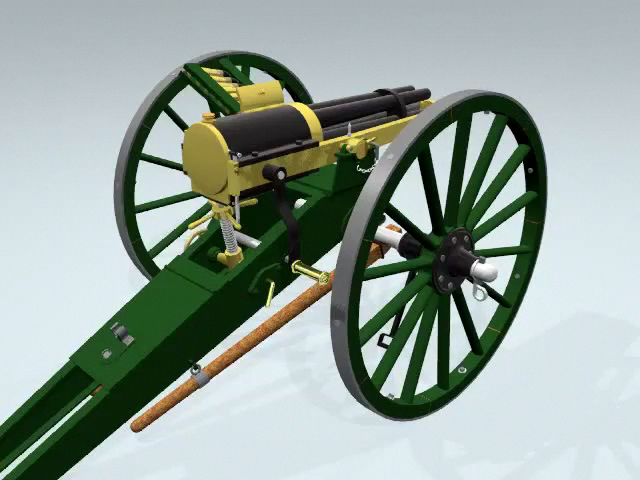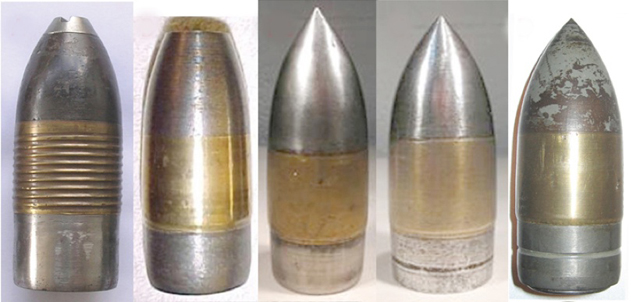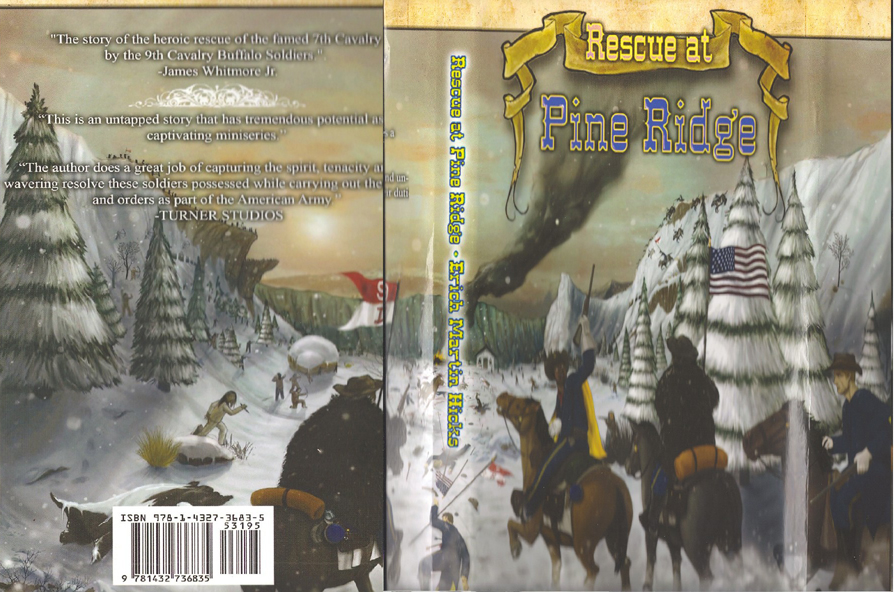
Greater Washington DC Chapter
9th and 10th (Horse) Cavalry Association
Great Cavalry Ride
Major Guy Henry and three troops of the 9th Cavalry
Hot Springs, South Dakota, 1891
(Photo courtesy of the USAHEC)
1890-1891 Pine Ridge Agency, South Dakota
The Drexel Mission Fight December 30, 1890
The above, January, 1891 photograph, taken at Hot Springs, South Dakota, depicts 3 troops of the Ninth Cavalry with approximately 90
troopers and four officers. In December, 1890, Troops D, F, I and K of the 9th Cavalry, under the command of Major Guy V. Henry,
made a forced march in harsh winter conditions to the Pine Ridge Agency, from Fort McKinney, Nebraska, to Pine Ridge, South Dakota. It was
one of the greatest cavalry rides in recorded military history. The 9th Cavalry arrived at Wounded Knee the day following the battle, on
December 30, 1890."The Seventh Cavalry, under the command of Colonel[James W.] Forsyth, was besieged in a canyon on White Clay Creek,
with the Sioux commanding the heights on either side and threatening to cut off the retreat of the 7th Cavalry. The 7th Cavalry hunkered
down and awaited rescue. Major Henry and the 9th, halted at the mouth of the canyon,unlimbered a Hotchkiss gun, divided his dismounted
troopers into two battalions, and ordered them to sweep both sides of the canyon. With the Hotchkiss firing away, the Buffalo Soldiers
surged forward, shooting with deadly effect and emitting screams of elation at getting into battle. Confounded by the wave of black soldiers
surging towards them, the Sioux took to their heels. Without losing a man, the Buffalo Soldiers had recorded one of their most celebrated
triumphs. Newspapers across the nation proclaimed that Henry's troops had saved Forysth from the same fate as Custer's fourteen years earlier."
(Buffalo Soldiers and Officers of the Ninth Cavalry 1867-1898, Charles L. Kenner,1969, pages 125-128)
In his after action report, Major Henry wrote, "The men behaved splendidly."
Major Henry lobbied the War Department tirelessly for a reward for the marvelous men of the 9th Cavalry. His efforts were rewarded as
Troop K, 9th Cavalry, and the 9th Cavalry Band arrived at Fort Myer on 25 May 1891 under the Command of Major Henry. Henry Gate at
Fort Myer is named after him. The 9th Cavalry served there until 3 October, 1894, performing the duties of Presidential Parade Unit
and ceremonial military burials at Arlinton National Cemetery.
Major Guy V. Henry
Recipient of the Medal of Honor for action at
The Battle of Cold Harbor during the Civil War, June 1, 1864
Lietenant Colonel of the 9th Cavalry (1892) and Commander of the 10th Cavalry (1897)
Major Henry's biography.
| |
awarded the Medal of Honor for his valiant ride for help for the beseiged 9th Cavalry
and 24th Infantry Regiment Supply Wagons on December 30, 1890. It was the
last Medal of Honor awarded for the Indian Wars.
Three Medal of Honor Recipients were with Troop K for the Drexel Mission Fight
1SG Thomas Shaw (August 12, 1881), Sgt George Jordan (May 14, 1880) and Sgt Henry Johnson (October 5, 1879).
 |
 |
Hotchkiss 37mm Revolving Cannon on the left and common shell and shot on the right
video depicting the 37mm Hotchkiss Revolving Cannon used by the 9th Cavalry at the Drexel Mission

Cover from the novel Rescue at Pine Ridge by Erich Martin Hicks
Return to Home Page